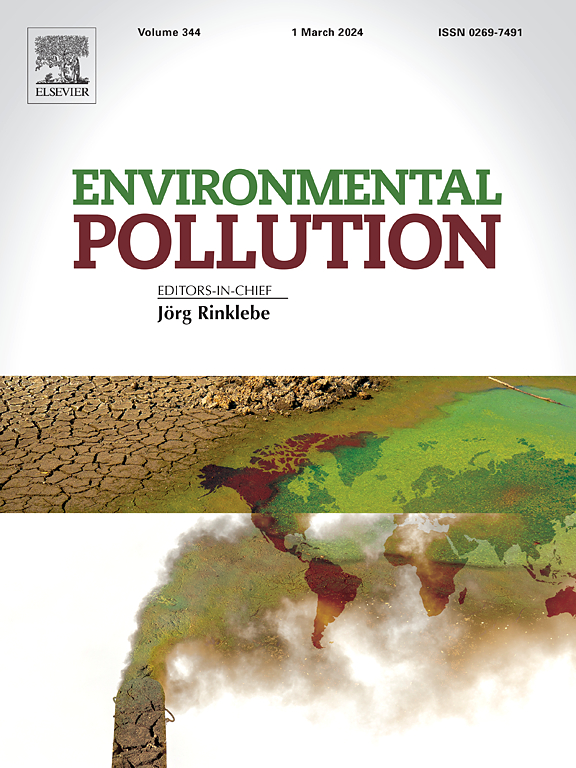PFOS exposure impairs porcine oocyte maturation and embryo development via mitochondria-dependent ferroptosis
IF 7.6
2区 环境科学与生态学
Q1 ENVIRONMENTAL SCIENCES
引用次数: 0
Abstract
Perfluorooctane sulfonate (PFOS) is a widely utilized chemical known for its exceptional environmental stability over extended periods, its significant potential to bioaccumulate in living organisms, and its considerable risks to both health and the environment. Several studies have suggested that PFOS may pose reproductive risks in mammals; however, the exact mechanisms driving these effects are not well understood. In this study, we explored the possible mechanisms by which PFOS toxicity affects the maturation of mammalian oocytes and the embryonic development employing porcine oocytes as a model system. SMART-seq results suggested that PFOS may affect oocyte maturation through mechanisms involving ferroptosis, autophagy, and alterations in membrane structure. Our results suggest that PFOS exposure adversely affects mitochondrial function and structure, thereby influencing peroxisome biogenesis and contributing to oxidative stress. Most importantly, we found that exposure to PFOS significantly elevated Fe2+ levels, an indicator associated with ferroptosis in oocytes. Furthermore, malondialdehyde (MDA) levels in the PFOS group were significantly higher than those in the control group. Additionally, the mRNA expression levels of PCBP1 and PCBP2, which are related to ferroptosis, as well as the expression level of P53, were significantly reduced in the PFOS group. Overall, exposure to PFOS in vitro results in mitochondrial damage in porcine oocytes, which induces lipid peroxidation and subsequently leads to the occurrence of ferroptosis.


求助全文
约1分钟内获得全文
求助全文
来源期刊

Environmental Pollution
环境科学-环境科学
CiteScore
16.00
自引率
6.70%
发文量
2082
审稿时长
2.9 months
期刊介绍:
Environmental Pollution is an international peer-reviewed journal that publishes high-quality research papers and review articles covering all aspects of environmental pollution and its impacts on ecosystems and human health.
Subject areas include, but are not limited to:
• Sources and occurrences of pollutants that are clearly defined and measured in environmental compartments, food and food-related items, and human bodies;
• Interlinks between contaminant exposure and biological, ecological, and human health effects, including those of climate change;
• Contaminants of emerging concerns (including but not limited to antibiotic resistant microorganisms or genes, microplastics/nanoplastics, electronic wastes, light, and noise) and/or their biological, ecological, or human health effects;
• Laboratory and field studies on the remediation/mitigation of environmental pollution via new techniques and with clear links to biological, ecological, or human health effects;
• Modeling of pollution processes, patterns, or trends that is of clear environmental and/or human health interest;
• New techniques that measure and examine environmental occurrences, transport, behavior, and effects of pollutants within the environment or the laboratory, provided that they can be clearly used to address problems within regional or global environmental compartments.
 求助内容:
求助内容: 应助结果提醒方式:
应助结果提醒方式:


